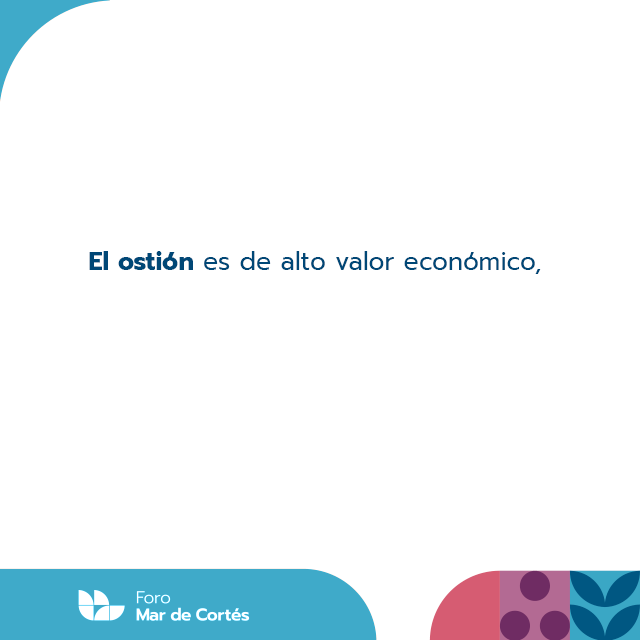The cultivation of bivalve mollusksespecially that of the oyster is considered the perfect triad of sustainability, because of its social, economic and environmental benefits, he says. Sergio Joel Nieblas Rodríguez.
The founder and treasurer of Committee of Companies Producing Marine Species and Bivalve Mollusks at Sinaloa He comments that the fishing effort is already very high and the ideal is to remove the people who are in traditional fishing and convert them to mariculture, in order to stop the overexploitation of species.
For this transition, oysters are a viable alternative, which is being demonstrated in almost 90 cooperatives that are established in the municipalities of Navolato y Ahomehe assures.
"The oyster is the triad of sustainability, socially, because the producer produces oysters in the bodies of water and generates employment, people no longer need to leave their town, it gives them roots; economically, it has a high commercial value; the microalgae that pollute the sea, the oyster consumes them and converts them into high value protein, so the income is high," he explains.
The founder of the Copembi The 40 percent survival rate of this crop allows the farmer to pay the five or six workers on his payroll, leaving him with a profit.
A species that provides environmental services
Nieblas Rodríguez emphasized that the third virtue of oyster farming is ecological, since it provides very important environmental services in coastal lagoons.
He stressed that in his book Shrimp farming and environment, Federico Paez Osunaa researcher at UNAM's Institute of Marine Sciences and Limnology, evaluates the amount of nutrients that reach Sinaloa's coastal lagoons.
The researcher refers in his work that agriculture produces 80 percent of the nitrogen and phosphorus that reaches Sinaloa's coastal lagoons, 17 percent is contributed by shrimp farms and the remaining 3 percent is from sewage waste. These coastal lagoons have at most 20 to 30 percent water turnover.
"That nitrogen and phosphorus remain in the coastal lagoons because the water turnover is very limited and is the primary food for microalgae, so there is a lot of nitrogen, there is a lot of phosphorus, microalgae reproduce and during the day consume carbon dioxide and release oxygen, but at night the biological process is reversed, consumes oxygen and releases carbon dioxide, then the oxygen in the water column runs out and the fish die," says Nieblas Rodriguez.
That is where the importance of oyster farming in these bodies of water comes in, since it feeds on the microalgae that cause this problem, in addition, an adult oyster filters around 140 liters of water daily, he emphasizes.
"The calculation we have made is that, in 900 tons, which is about 9 million organisms, they are filtering 90 billion liters, that is the positive impact it has on the environment," he says.
Copembi's treasurer says that in two more years they plan to be able to plant oysters in the polygons where they cultivate oysters. ax callus y chocolate clamwhich are also filter-feeding species.
The advantage is that it takes a year and a half for the callo de hacha to reach its commercial size, but in that time it reproduces three times and its larvae remain as a fishery, since they move with the tide and do not remain in the polygon, which will help generate new banks that can be exploited for the benefit of coastal communities, he says.



